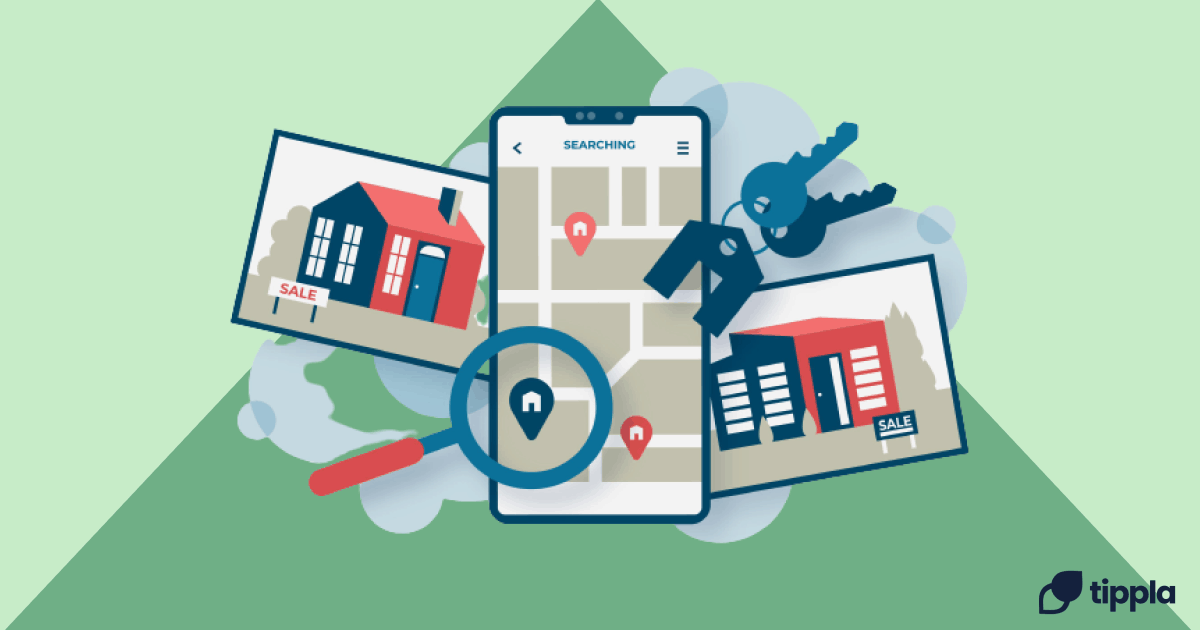Published in July 28, 2021
Insurance Claims: What Do I Need?

Everything you need to know about insurance claims
Investing in renters insurance aids with protecting the personal property and liability of renters of all kinds. Renters insurance is designed to reimburse any stolen or damaged items in a renter’s property. Additionally, with some policies, you could also be protected against legal liability.
In the worst-case scenario such as uninhabitable property, your insurance policy will also cover the cost of temporarily residing elsewhere. In order to be reimbursed, you will have to start a claims process. With all claims processes of all kinds, you’ll always have to provide your insurance company with as detailed information as possible. This information would include the reason of loss/damage, the value of the lost/damaged item, any eyewitnesses or evidence, and much more depending on the scenario.
Upon signing up to renters insurance, it would be helpful to record an inventory of all your belongings, evidence such as photographs or receipts (of the items with a higher value), and their worth. Recording any documentation such as receipts can help with replacement costs, as that would help insurance companies determine the initial worth.
What does renters insurance cover?
There are three types of coverage categories.
– Personal Property: This coverage protects and reimburses your belongings in the event of damage or theft whether it’s inside or outside your property.
– Medical Expenses and Personal Liability: In the case of someone else being injured in your property, liability coverage aids with any legal expenses. Medical expenses are also covered in the case of another person being injured, or any damage done to someone else’s property.
– loss-of-use coverage: In the case of your property becoming uninhabitable, your insurance may cover the costs of staying elsewhere, depending on your policy.
Some included covered hazards:
– Natural disasters
– Electrical circuit damage
– Damage by vehicles
– Theft
– Vandalism
Filing a renters insurance claim with receipts
In the case of stolen or vandalised property, filing a police report and informing your landlord should be your first step. This will not only help with recording the series of events but will also aid with providing any records for your claim.
Any sort of claims process should be filed between 24 to 72 hours of the incident.
Filing a claim can be done by:
– Going online
– Through an app
– Over the phone
Almost all insurance companies will require proof of loss when filing for a claim. Hence why reporting to the police and your landlord could come in handy.
When processing your claim, attaching any photographs and receipts will majorly aid your insurance company in determining the reimbursement value. Additionally, it will also prove that your items are damaged or stolen.
How to file a claim without receipts:
Keeping a receipt for every item you own isn’t always possible, and most insurance companies understand that. There are other ways you can prove a loss of an item/property and indicate its value without providing a receipt.
Document your belongings
There are different ways of documenting your belongings, without having to stash your receipts.
– Photograph your items
Photographing your items upon purchase can help your insurance company indicate its worth as well as set a timestamp, proving your ownership. Taking a photo of the price tag is also the best determiner of an item’s worth.
– Video Record your items
Video recording your items is best when identifying a time stamp on when things were purchased.
Those two ways are an easy method of recording your items and could really help you in the long run when documentation isn’t found.
Check your bank statements
Checking and keeping bank statements can be your saviour for insurance claims. Credit card and bank statements help you prove your purchases to your insurance provider.
Research your item’s worth online
If you know the details of your item such as its brand, a quick online search can help determine its value at any given time.
Don’t know the details of your items? That’s still okay, you can easily reverse image search it.
Get an appraisal
With any expensive furniture or antiques, getting an appraisal is a good idea for determining its value by getting a professional appraisal. This will also give you physical evidence of its evaluation that you can hand into your insurance provider in case of an incident.
How will you get reimbursed for your insurance claim?
Upon your claim’s approval, all you’d have to do is pay your deductible before your coverage. Following that, you’d get reimbursed the remaining amount.
The two types of policies with different reimbursement methods.
– Replacement cost policy: A replacement cost policy will reimburse you the full amount of your item, regardless of its age or physical status. Although this policy sounds great, it will always result in much higher premiums.
– Actual cash value policy: This policy will reimburse you depreciated amount of your item, therefore depending on its age and condition.
Need to plan your budget? Check out Moneysmart’s budget planner to help you determine how much you can afford to pay!
How long will it take for your claim to be processed?
After lodging a claim, your provider will assign a claims adjuster to investigate the incident in order to determine the reimbursement amount. The claims adjuster will then send their findings to your provider. From there investigations will take anywhere between days and weeks, depending on the extent of the incident. Most insurance companies will have a feature on their app or website that allows you to track your claim progress.
Filing a personal liability claim
Similar to filing a personal property claim, you should always document the damage, how it was done, any injured people, and all expenses such as bills. Most importantly, in the event of someone else being injured in your home, it’s always helpful to document any eye witness testimonials. Eye witness reports always aid as evidence to the series of events that took place before and during the incident.
In the case of another person being injured, liability coverage will cover any medical and legal expenses, depending on your policy limit. It’s important to mention that personal liability claims can result in higher premiums. If any costs exceed your coverage limit, you would have to pay any remaining fees and deductibles.
Did you enjoy this article? Read more on renters insurance and collectibles coverage!
While we at Tippla will always do our best to provide you with the information you need to financially thrive, it’s important to note that we’re not debt counsellors, nor do we provide financial advice. Be sure to speak to your financial services professional before making any decisions.
Related articles

First Steps in Buying Your First Home
23/08/2021
Buying your first home is an exciting process. Buying...

How Another Person’s Debt Can Affect Your Credit Score
08/09/2023
Shared Credit Woes In the world of finance, we...

How to Build a Good Banking Relationship
21/03/2024
Having a strong relationship with your bank can be...

Subscribe to our newsletter
Stay up to date with Tippla's financial blog